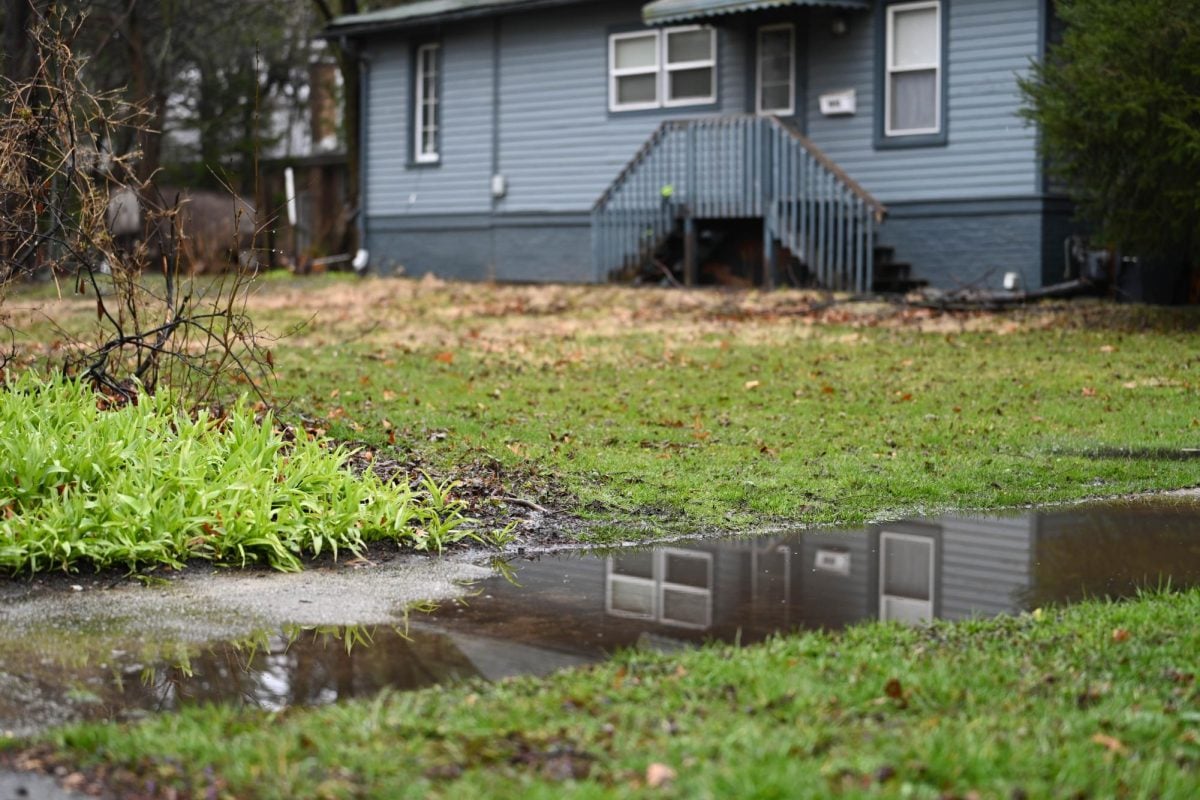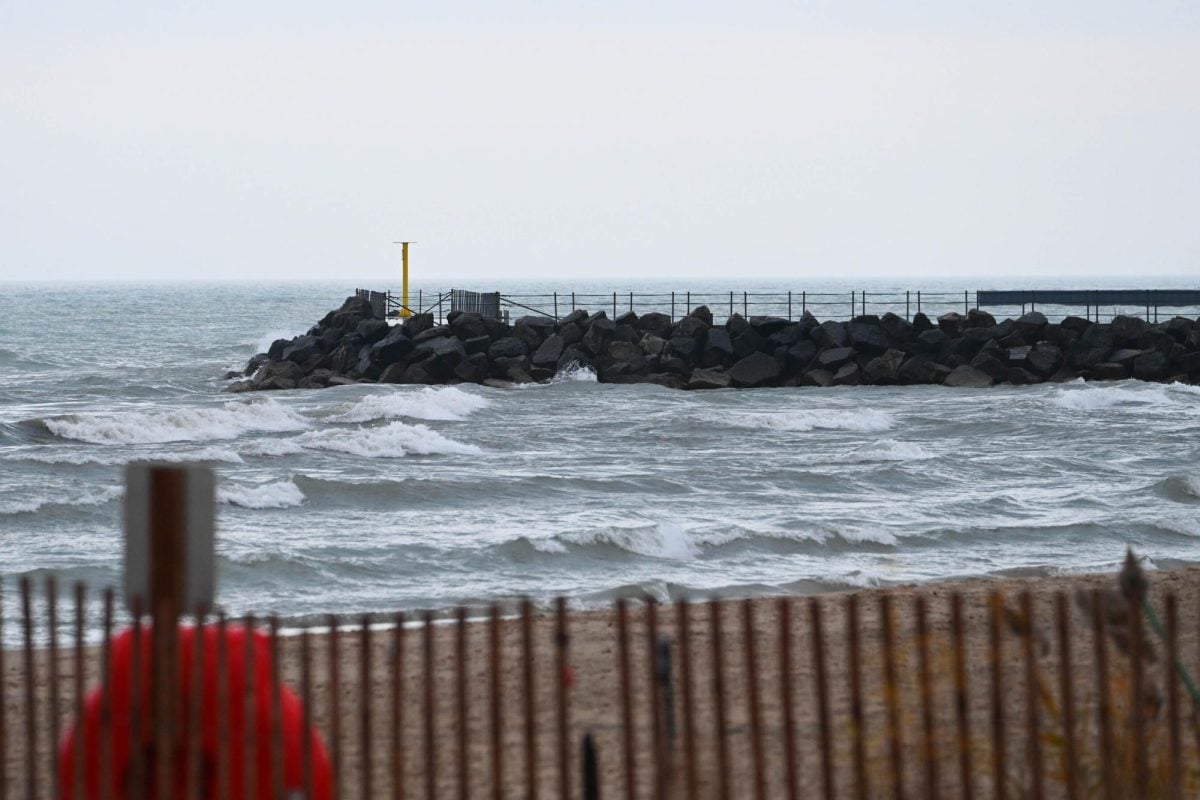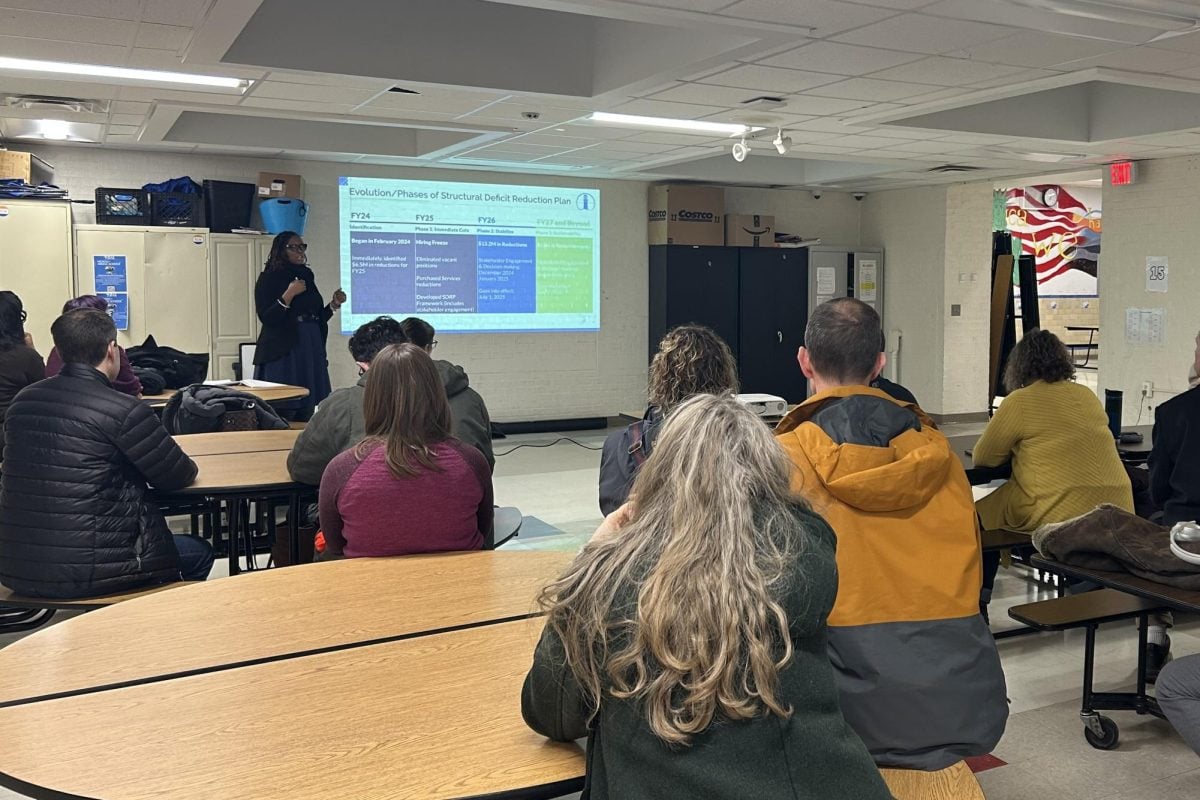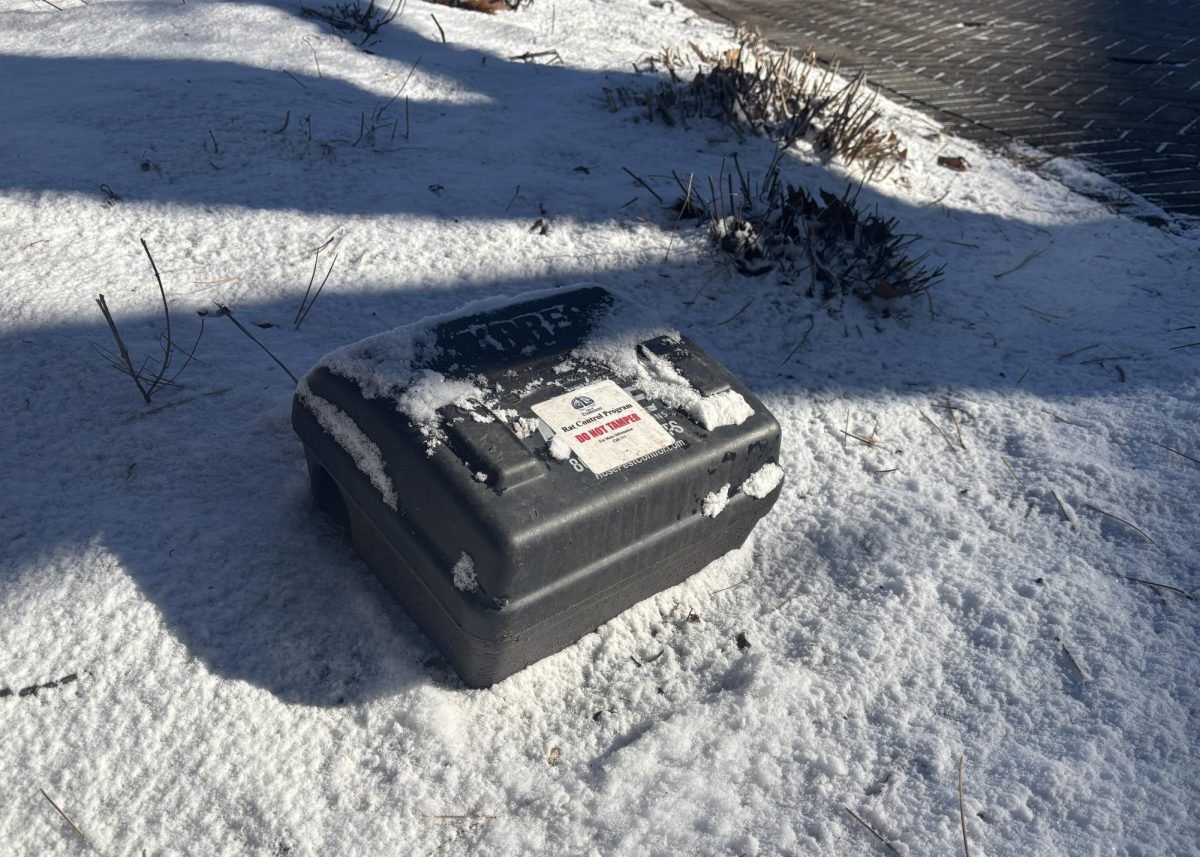For a moment Tuesday, a verdant but vacant lot on Grant Street sat in silence as the spring showers paused. Yet at the future site of Evanston’s first “pocket neighborhood” of small homes, the quiet may not last for long.
The silence belied months of uproar between neighbors and the housing development’s proponents. Weeks after City Council’s 7-2 approval of the 12 homes, the debate has ended, but the enmity remains.
Everything from construction materials to wider concerns about development played a role in the dispute. Small but contested, the greenlit homes in the 7th Ward neighborhood brought broader city issues to the fore, said Garin Ferri, a resident who opposes the project.
“I just wish that the rest of Evanston would understand how much this impacts all of them,” he said.
BluePaint Development CEO David Wallach said his vision for the 600-square-foot “efficiency homes” on the narrow adjoining lots could encourage the city to offer more housing options. The 12 all-electric homes will each include two bedrooms, a bathroom, a kitchen and a living area. Fifteen parking spots and a common barbecue area will sit next to the homes.
In February, Wallach said he expected the homes to retail for under $350,000 apiece. Some neighbors said the price per square foot stood nearly double the citywide average, but Wallach said the lower unit price for a single-family home made the small homes more affordable for first-time buyers.
Given the housing crisis in the U.S., “making more and better homes should be everybody’s goal,” Wallach added.
Some neighbors said they support creating more affordable housing but oppose the specifics of the BluePaint Development project. More than a hundred people signed a petition last year calling on the city to reject the project, and many attended meetings at the Lorraine H. Morton Civic Center to voice their chagrin.
On Feb. 26, City Council decided to send Wallach’s bid for a special use permit to build the homes back to the Planning and Development Committee for further discussion. However, the committee again approved the permit, and the council followed with its own go-ahead on March 11 — but with two new requirements.
First, the development must contribute one affordable unit to a land trust. Second, the project must have a completion bond — a financial pact intended to ensure the project gets finished. That requirement arose amid concerns about the developer’s financial viability.
Last year, Wallach filed for Chapter 11 bankruptcy reorganization for a separate firm, Wally Walls. The Wisconsin-based company manufactures the insulated wall panels Wallach planned to use for the Evanston small homes. The developer said he will have an affiliate to supply the panels while “retooling” his Kenosha plant, but critics pointed to the filing as another reason for concern.
“Except for a few bumps in the road, which occur in any project anywhere, we followed a pretty normal course of zoning,” Wallach said.
He anticipates construction beginning in June and said the work should take six to nine months.
On Grant Street, resident Amy Cummings lamented the neighbors’ defeat at City Council. The project could bring a lot of uncertainty to the block, she added.
“We’re sad that nobody stood up for us,” she said.
After City Council made its final decision in favor of Wallach’s plan, some residents said they felt disappointed and unheard by their elected representatives. Though resident Joy Joyce said the back-and-forth may well have created an “improved” plan and that a final judgment still lies ahead, Ferri called the process “shocking.”
The decision revealed a “careless hubris” by city leaders toward their concerns and the Land Use Commission’s recommendation to reject the project, Ferri said.
Still, “hope isn’t lost” in Evanston, he said.
“We did come together and work hard to help enact change,” he added. “It’s unfortunate that it didn’t happen.”
Email: shungraves2027@u.northwestern.edu
Related Stories:
— Residents remain concerned as Ryan Field demolition nears completion
— City Council sends efficiency home plan back to committee, extending debate






